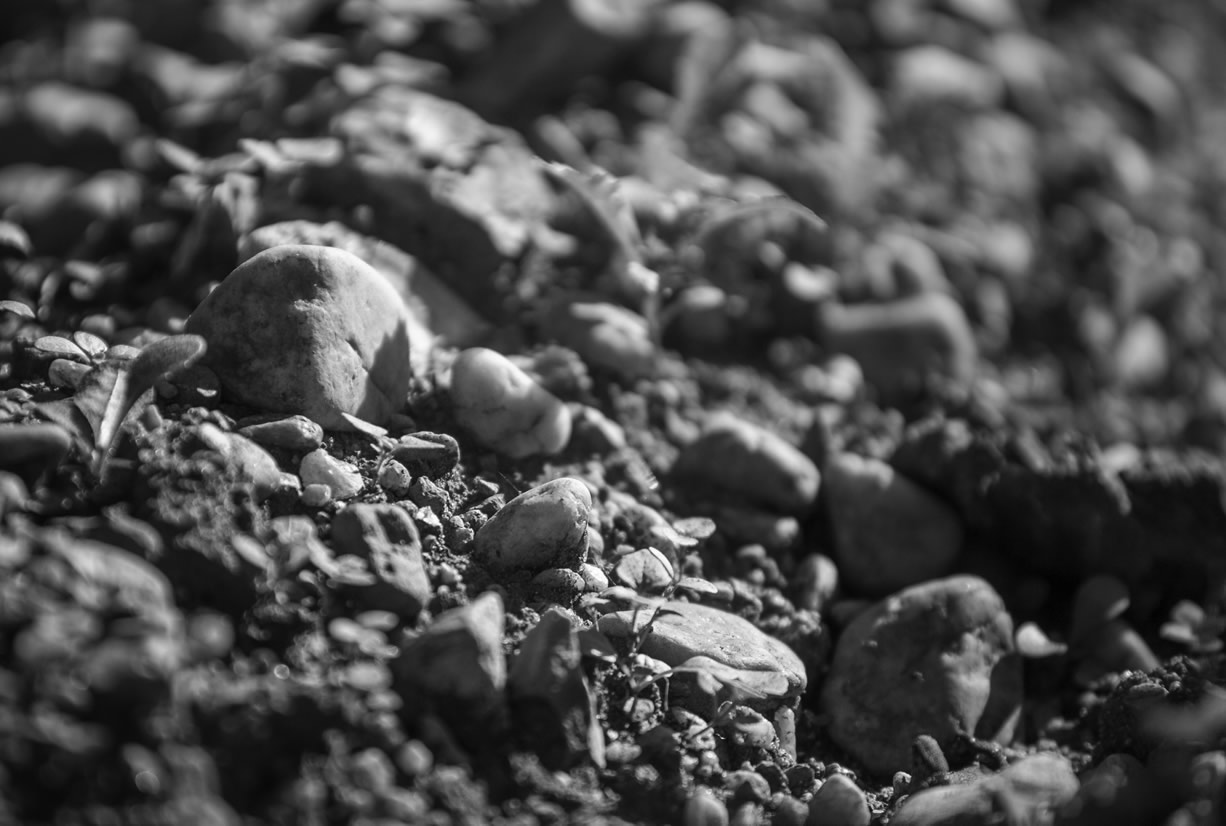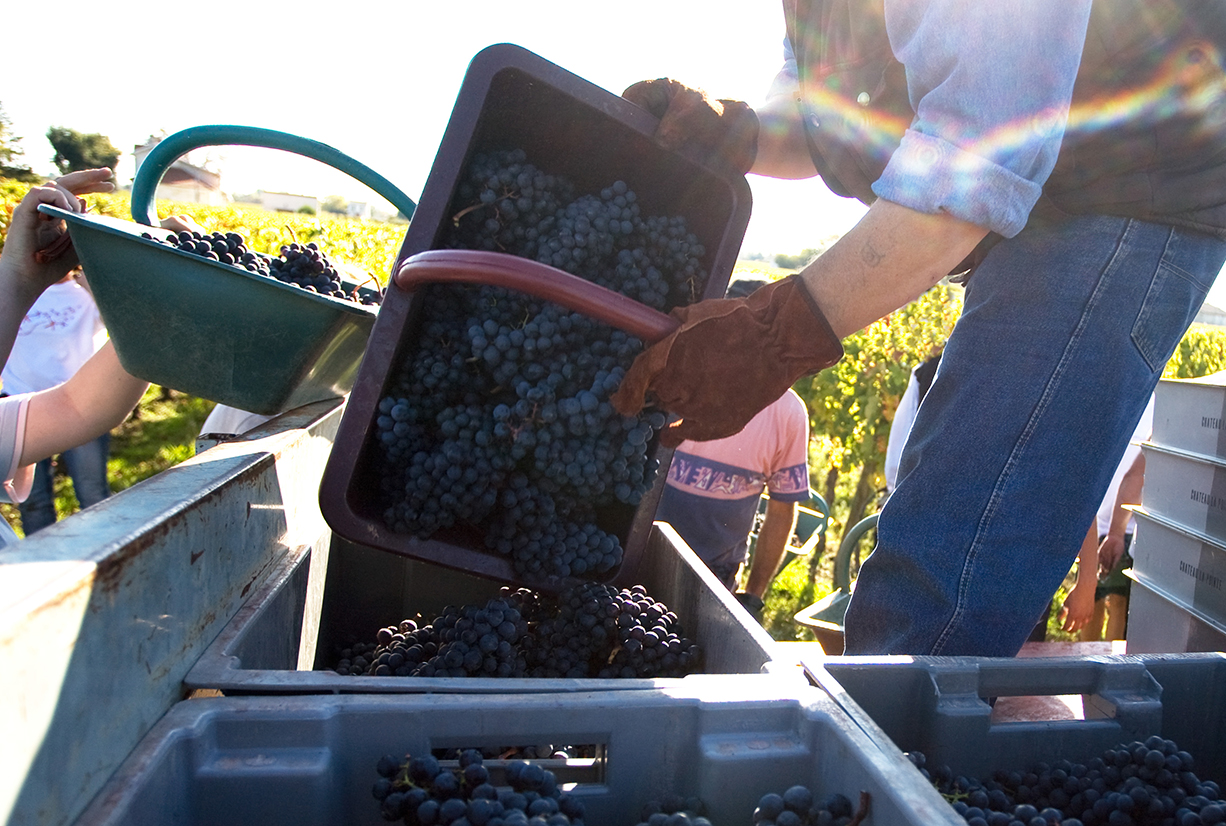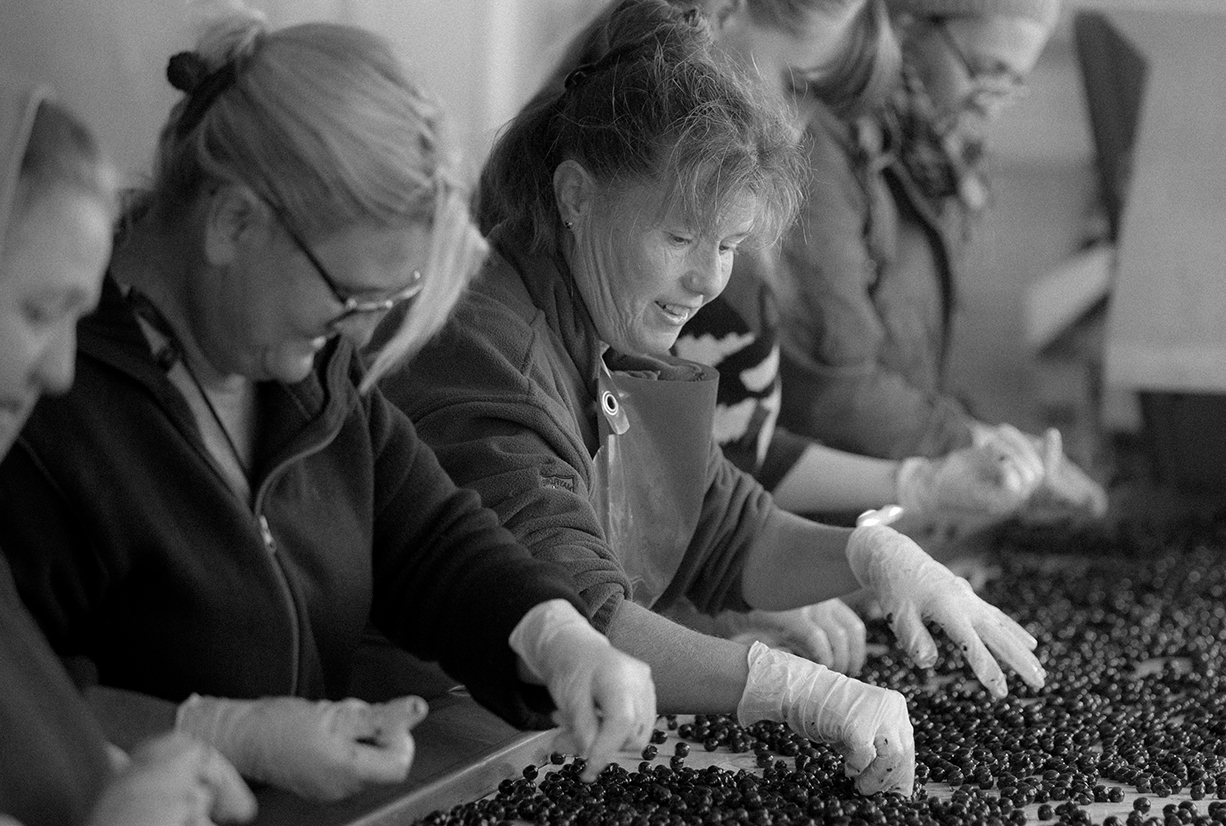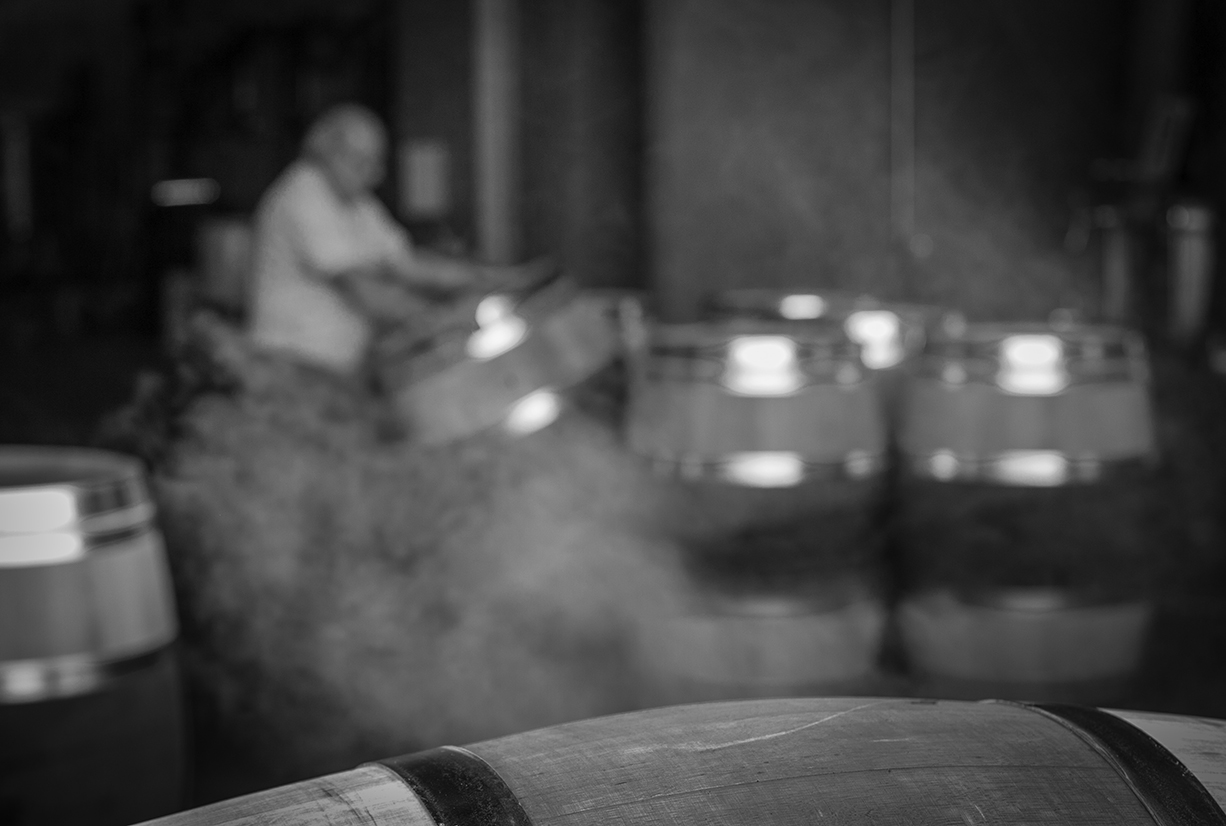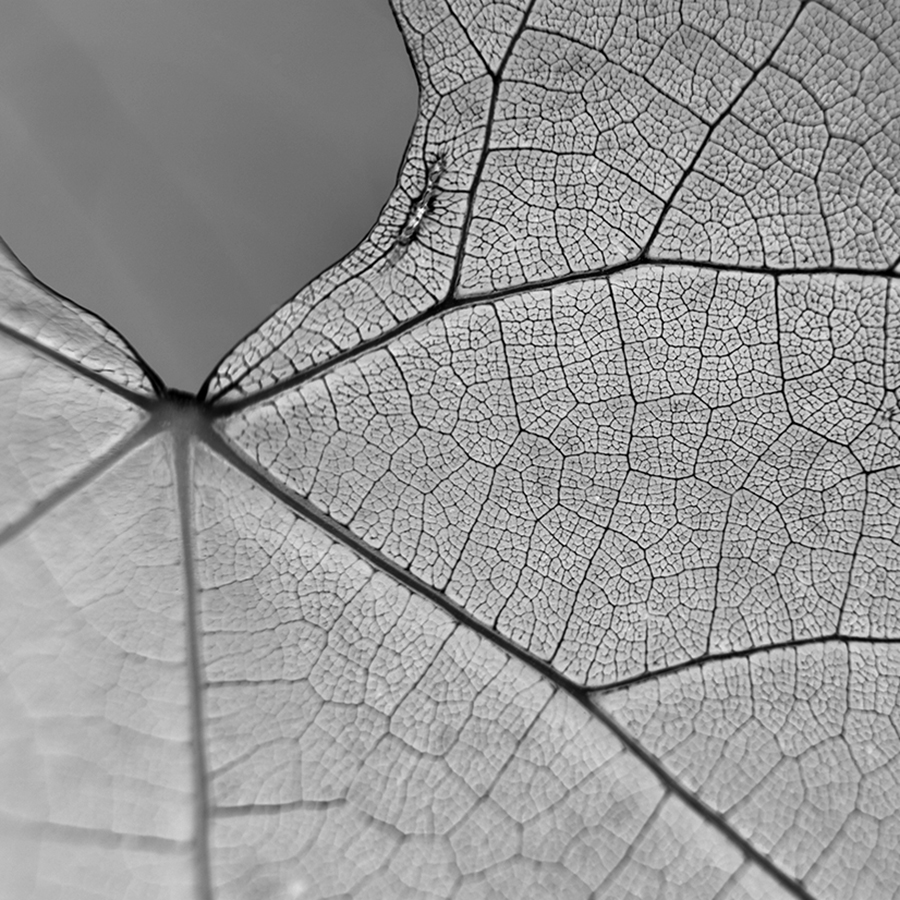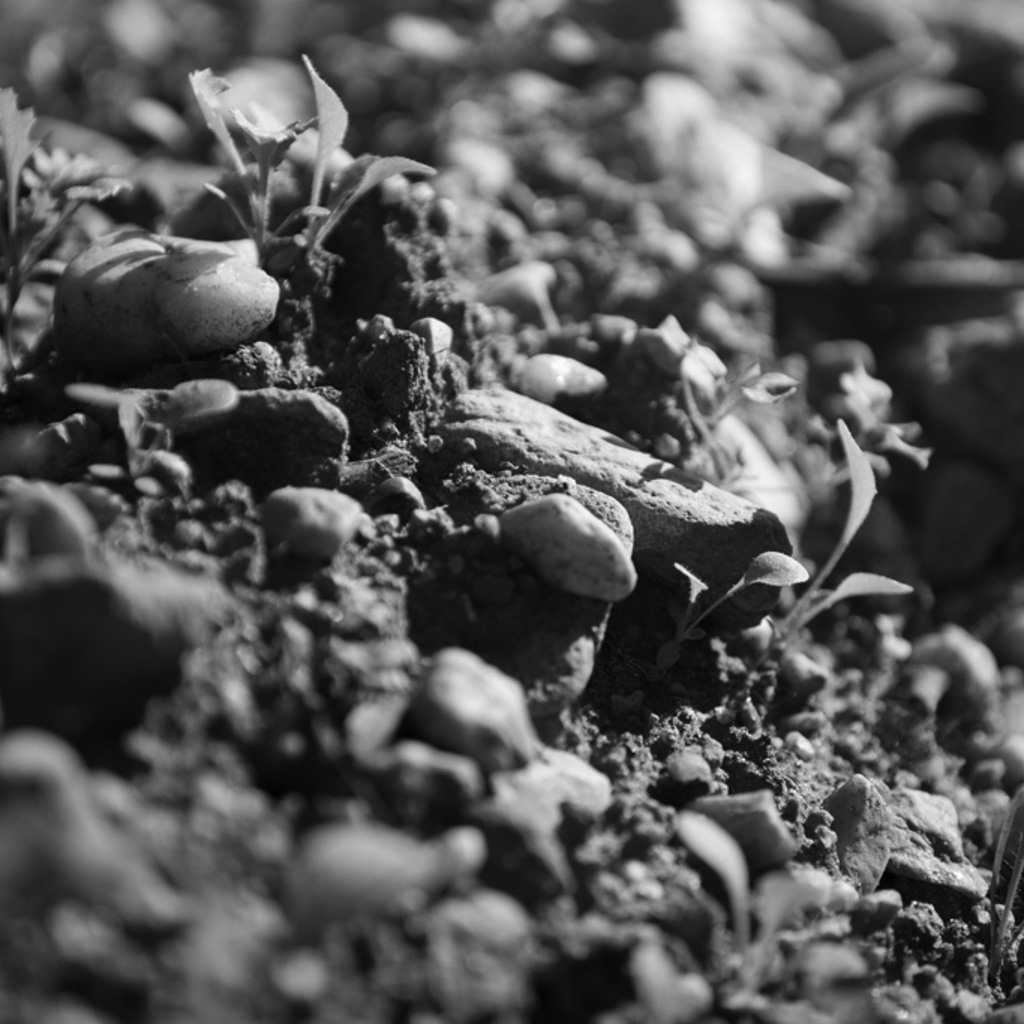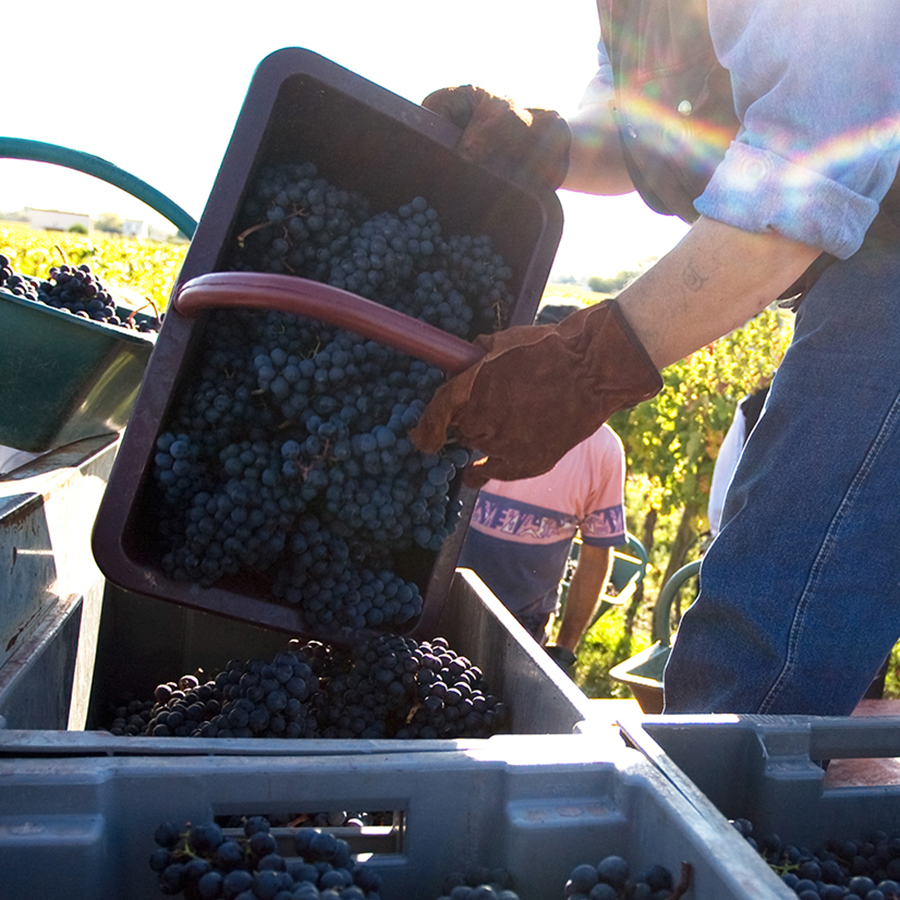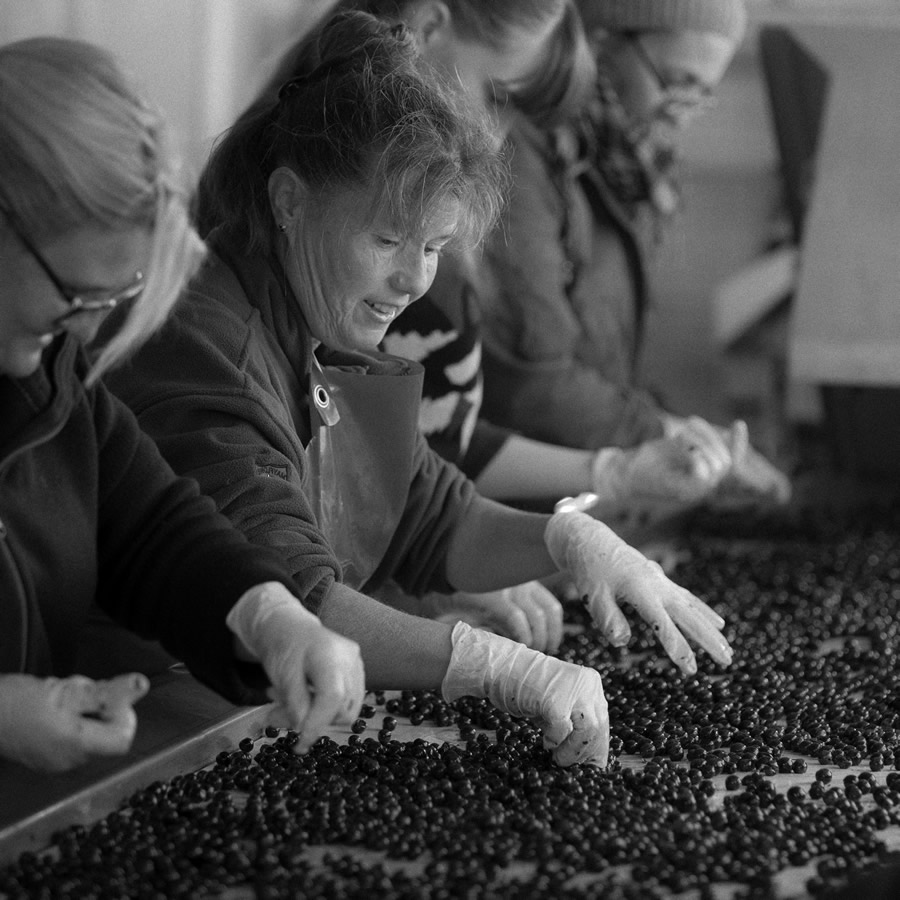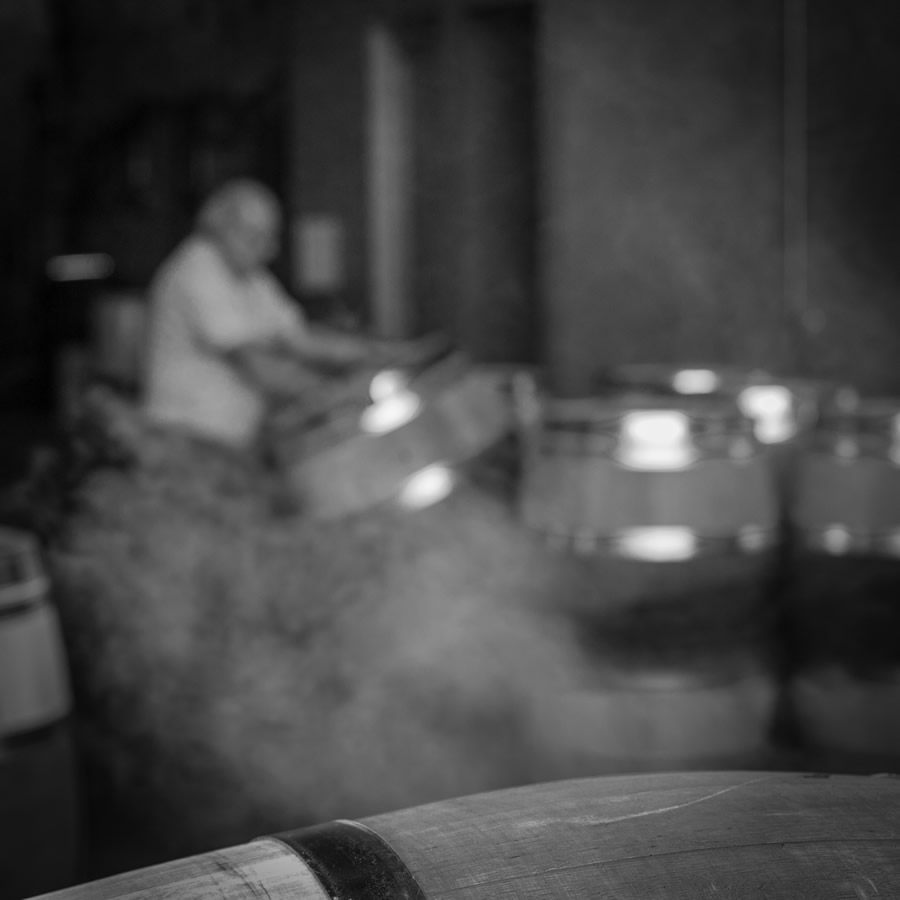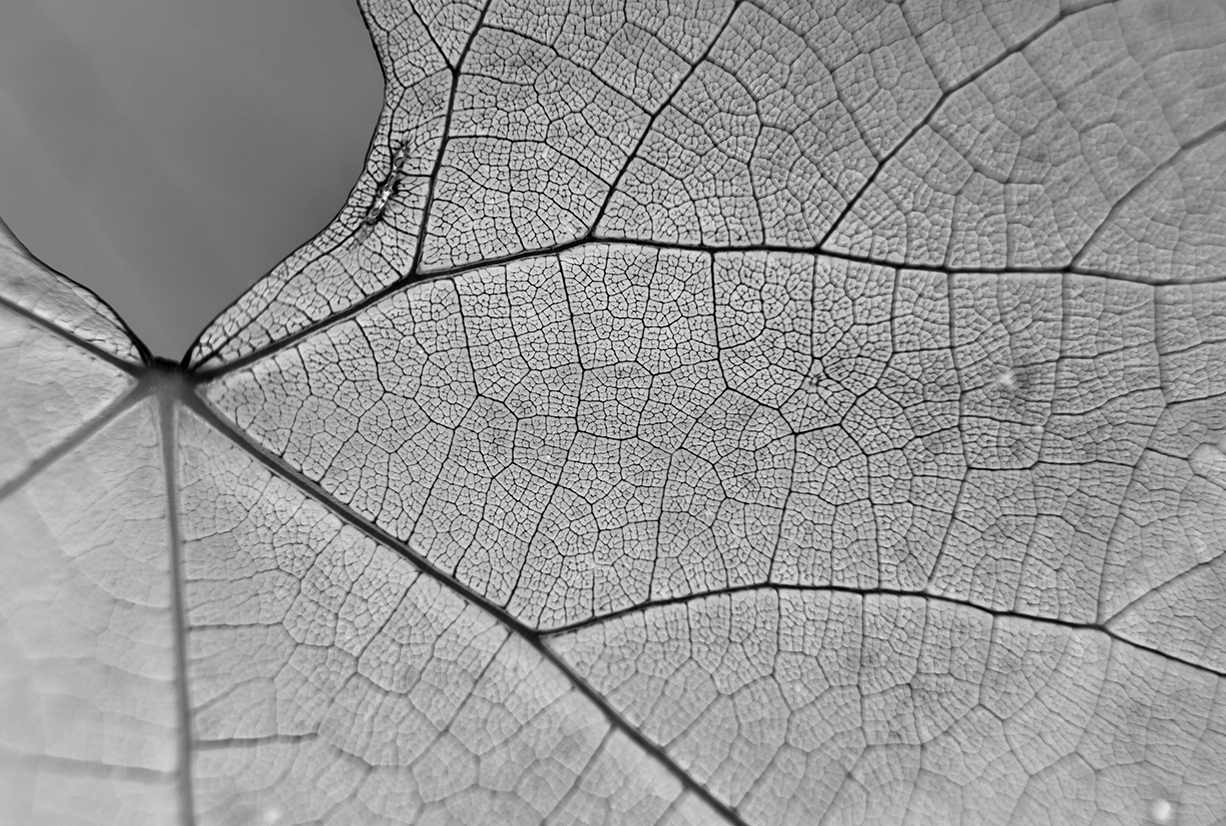

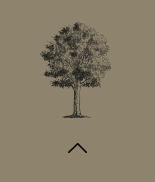
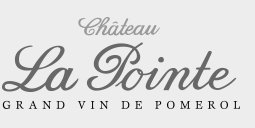

Reflection on the vineyard’s equilibrium
The philosophy in a Grand Cru is not to force the plant to produce maximum yield but rather to bring out the full potential of the terroir, taking into account the diversity of the various soil types as well as the natural differences between each vine plant.
Historically the vineyard was planted at a density of 6 300 plants per hectare. A decision was made in 2012 to increase the density in newly planted plots to 8 100 plants per hectare. This gradual re-planting programme (which has brought the average age of the vines to thirty years) will guarantee a more regular and even better quality production in the long term.
Fermer

Keeping the land-workers’ spirit
Accepting the responsibility of a vineyard is accepting to plan more than fifty years ahead and to work for the next generation. The property has not used any form of chemical herbicides for many years. Now we have returned to the old tradition of weeding mechanically with special equipment to reach between the plants and plough without damaging the soil. The root system is not disturbed and the balance in the vine plants is maintained.
The work in the vineyard is still essentially manual, the skills being passed down from one generation to the next. In winter there is the pruning, and then in spring and through to summer the disbudding, sucker removal, lifting the wires, de-leafing, lateral shoot thinning, guiding the foliage… a myriad vine-care tasks that can only be accomplished by the experienced hand of Man. With our 23 hectares, over 150 000 vine plants require these repeated, precise gestures all year long.
Fermer

Preserving each grape
During harvest-time our regular team is joined by thirty seasonal workers. Only hand-picking ensures the grapes remain unaltered and arrive at the vinification cellar in the best conditions. The bunches are transported in small crates to avoid any risk of crushing the fruit.
The grapes are first sorted on two successive tables (each several metres long) to discard any imperfect berries. A painstaking, draconian selection is absolutely indispensable if we hope to produce a Grand Cru.
Fermer

The art of winemaking
The vat room was renovated in 2009 and now houses small-volume vats, most of which are made of concrete. This decisive improvement has allowed us to extend the plot-by-plot management carried out in the vineyard. Each plot can thus be picked at optimum ripeness, brought to a specific vat and vinified according to its own characteristics, remembering the soil-types, the age of the vines and the vintage’s weather conditions.
Each vat is equipped with its own temperature control system. This allows the alcoholic fermentation to take place in ideal conditions (the yeast naturally transforms the sugar contained in the grapes into alcohol).
Depending on the phenolic characteristics of the grapes, we choose to extract the colour and tannins by pumping over or by punching down the cap of skins. The maceration usually lasts four weeks. The malolactic fermentation takes place half in vats and half in new oak barrels. (friendly bacteria naturally transform the malic acid contained in the grapes into softer lactic acid).
Fermer

Expressing the personality of each vintage
Once the vinification is finished the wines will be aged in French oak barrels for 12 months with a usual proportion of 50% new barrels and 50% one-year-old barrels. The percentage of new oak may be adapted to the tannic profile and power of a given vintage so that there is just the right balance of oak and fruit.
For a Grand Cru, the first aim of barrel ageing is to prepare the wine for a good development over time in the bottle. Barrel ageing confers specific aromas such as toasty, smoky, oaky notes that mingle with the many aromas present in the wine itself without overpowering the fruitiness. When the perfect balance is found, barrel ageing contributes to the aromatic complexity of quality wines.
Before bottling at the Château, the various lots of barrels are blended according to the grape varieties and the origin of each plot. In Bordeaux we believe that blending makes the wines richer and more complex. This means that the blend can be adapted from one year to the next, to express the personality of each vintage
Fermer
